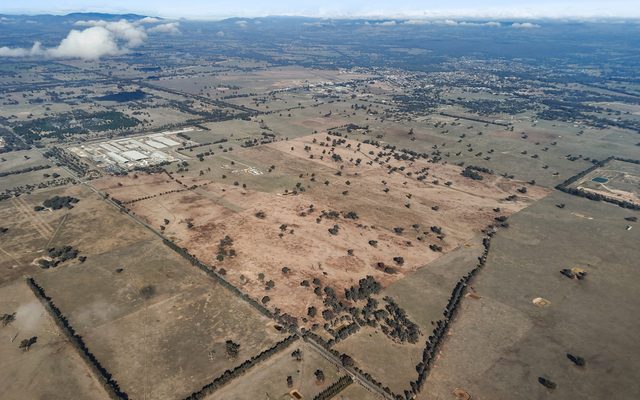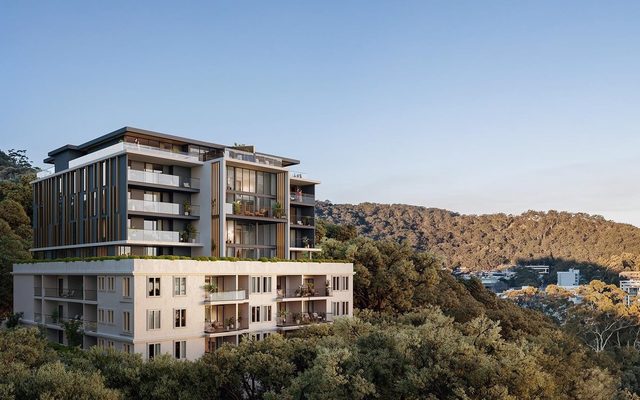This article is from the Australian Property Journal archive
THE top end of the residential market has weathered the pandemic, as price growth in Sydney looks set to outpace the global average in 2021 on the back of demand from domestic and wealthy expats returning home, little supply and low interest rates.
According to Knight Frank’s latest Prime Global Forecast, 20 of the 22 global cities analysed are expected to see prices remain flat or increase in 2021 – a reversal of the trend expected at the end of this year, where nine cities are likely to close the year with lower prices.
Prices across the 22 cities are, on average, expected to remain static in 2020, before rising by 2% next year. Average growth in 2019 was 1%.
Shanghai and Cape Town lead expectations for prime price growth in 2021 with 5% forecast.
Just under one quarter of respondents in the global buyer survey said they were more likely to move in the next 12 months due to the pandemic, while 45% of cities reported prime sales were already back to pre-pandemic levels during the September quarter.
Michelle Ciesielski, Knight Frank’s head of residential research, Australia, said the forecast was undertaken in October, prior to Pfizer’s COVID vaccine announcement, which could positively charge the forecast and kickstart a wave of renewed growth in prime property markets around the world.
The top three key prime property market drivers for Sydney are pandemic-fuelled domestic demand, supply shortage and low interest rates. Demand is expected to rise slightly, along with prime sales, despite a marginal increase in new supply in 2021, and prices are likely to lift 3% next year.
Ciesielski said these will be balanced out risks such as global and local economic performance, travel restrictions and the government’s ongoing response to the pandemic.
Melbourne’s harsh second lockdown period will hold price growth back, with gains of 1% expected. Sales are expected to pick up post lockdown although demand is expected to remain lower in 2021with a solid pipeline of new prime supply.
Key currency plays, buying opportunities for those impacted markets in 2020, tax changes and fiscal stimulus are expected to be key drivers, while other risk factors include higher taxes, geopolitical crises, currency shifts, the balance of new luxury stock, stamp duty holidays and Brexit.
“While we experienced great challenges this year with COVID-19, our data shows that prime property markets around the world have remained largely resilient, and this has particularly been the case in Australia, with our biggest cities of Sydney and Melbourne continuing to see growth despite lockdowns,” Ciesielski said.
Knight Frank national head of residential Shayne Harris said prime property sales were back to pre-pandemic levels in Sydney, while that was not yet the case in Melbourne.
“In Sydney, we are seeing a higher than expected volume of wealthy expats wishing to return home, which will grow the buyer pool for prime residential property as international travel restrictions ease over the coming months and years.
“Many of the wealthy population are considering expanding their property portfolios while the prime market records modest growth and low interest rates cheap.”
More prime properties are likely to be listed and only a low number of new prime homes built.
An ongoing lack of overseas immigration and education investment will hamper residential development market growth and confidence in Melbourne.
“There have however been some exceptional new homes built in Melbourne recently, with more in the pipeline, so this will place pressure on the prime market given limited new wealth migrating to the city,” Harris said.
Three types of markets emerge
According to Knight, the global cities can be divided into three types. Sydney, along with London, Paris, Berlin and Madrid, are expected to see prime prices rebound, assisted by low interest rates, pent-up demand, tax holidays or because of firm market fundamentals.
There are some markets in which the pandemic will have little impact on prime pricing. In some cases, such as Buenos Aires – which will drop 8% next year – this is because growth was already weak and will remain so, or because the market has already picked up where it left off prior to the pandemic, such as Shanghai, or, in the case of Lisbon, because prices were accelerating and are expected to do so again due to strong investment in infrastructure.
A handful of markets, namely Auckland, Vancouver, Geneva, Los Angeles and Miami, unexpectedly saw activity surge in 2020 as residents looked to upgrade to larger properties with more outdoor space. Price growth will moderate slightly next year but remain in positive territory.




